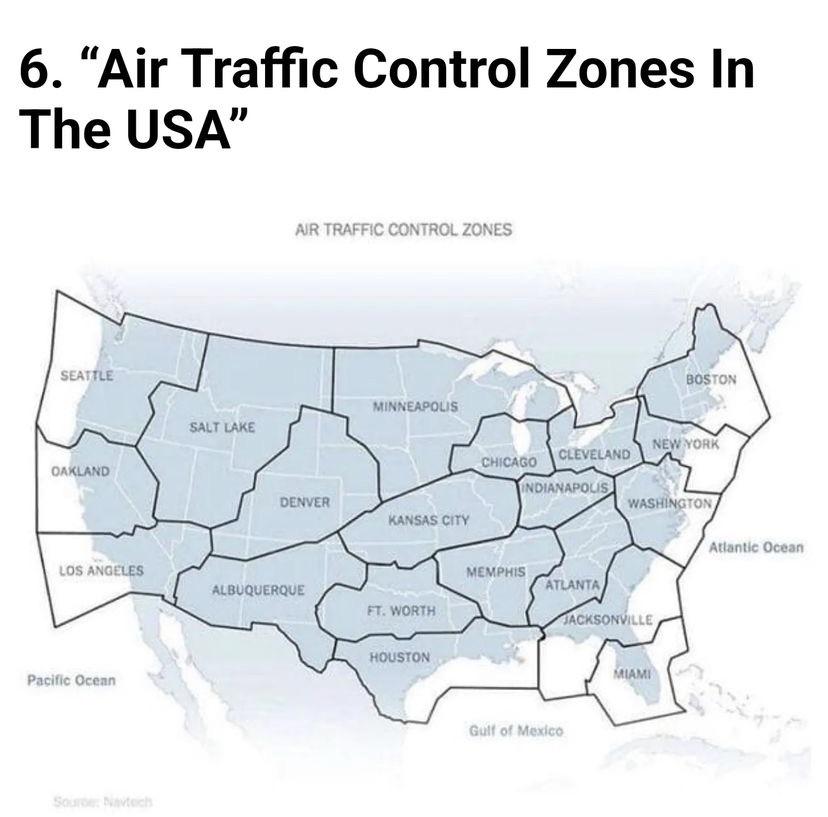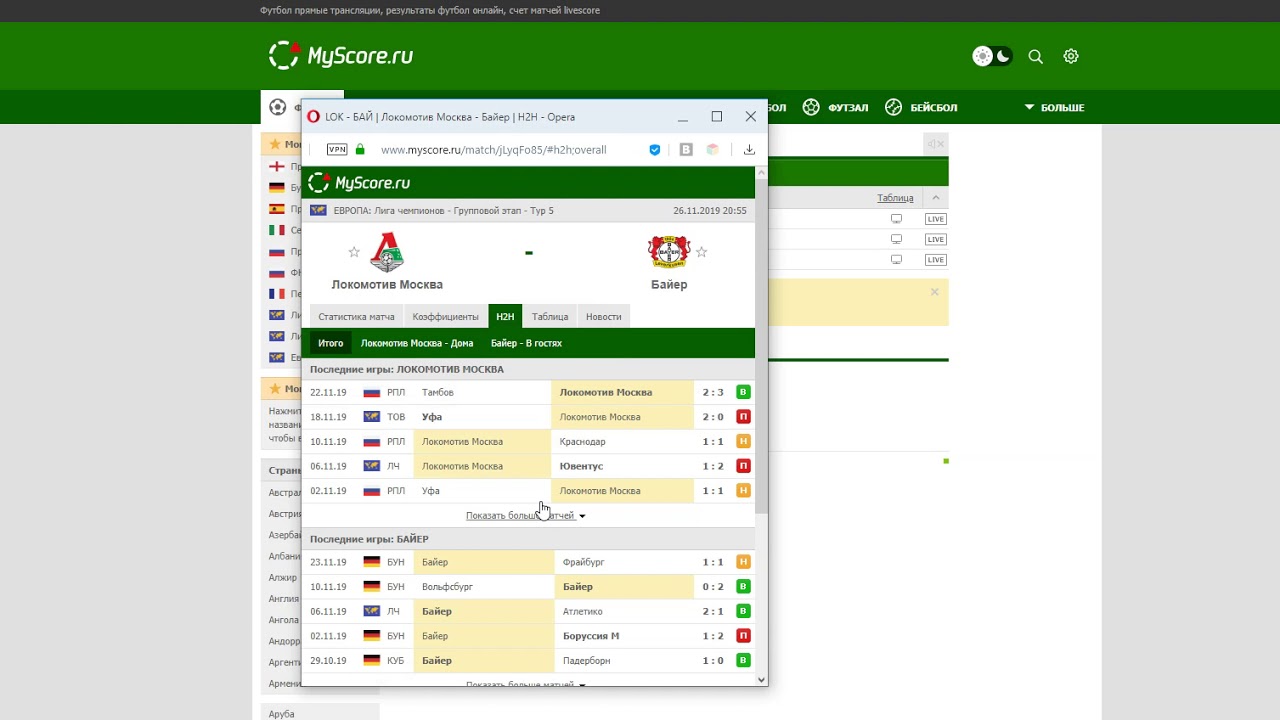Improving Air Traffic Control: Overcoming The 'I Don't Know Where You Are' Challenge

Table of Contents
Technological Advancements in Aircraft Tracking
The foundation of accurate aircraft tracking lies in technological innovation. Several advancements are significantly improving our ability to pinpoint aircraft location, leading to safer and more efficient air travel.
ADS-B (Automatic Dependent Surveillance-Broadcast): ADS-B is a game-changer in aircraft tracking. Unlike radar, which relies on emitting signals and interpreting reflections, ADS-B uses GPS data transmitted directly from aircraft transponders. This offers several key benefits:
- Increased Accuracy: ADS-B provides highly precise location data, significantly improving the accuracy of aircraft tracking compared to traditional radar systems.
- Wider Coverage: ADS-B extends coverage to areas where radar is limited, such as over oceans and remote regions.
- Reduced Reliance on Radar: This decreases dependence on a system susceptible to interference and weather conditions.
- Improved Situational Awareness: Air traffic controllers gain a more comprehensive understanding of the airspace, enhancing their ability to manage traffic flow and prevent conflicts.
However, ADS-B is not without its limitations:
- Reliance on Aircraft Equipment: Older aircraft may not be equipped with ADS-B transponders.
- Ground Infrastructure: Deployment of ground stations is necessary for optimal coverage.
- Signal Interference: Various factors, including weather and terrain, can interfere with ADS-B signals.
- Geographical Blind Spots: Certain areas might still have gaps in ADS-B coverage.
Next Generation Air Transportation System (NextGen): NextGen is a comprehensive initiative focused on modernizing the air traffic management system in the United States. It integrates various technologies, including ADS-B, to achieve improved safety, efficiency, and capacity. Key benefits include:
- Improved Data Processing: NextGen leverages advanced data processing capabilities to analyze vast amounts of information from various sources.
- Trajectory Prediction: This allows for more accurate prediction of aircraft movements, facilitating proactive conflict resolution.
- Enhanced Conflict Alert Systems: NextGen's advanced systems provide more timely and accurate alerts to air traffic controllers regarding potential conflicts.
Challenges in implementing NextGen include:
- High Implementation Costs: Modernizing the entire air traffic management system is a costly undertaking.
- Interoperability Issues: Ensuring seamless integration between different systems and technologies is crucial yet complex.
- Integration with Legacy Systems: Integrating NextGen with existing legacy systems can be a major challenge.
Space-Based Tracking Systems: Satellites offer the potential to provide global coverage for aircraft tracking, especially valuable over oceans and remote areas. This would eliminate many of the geographical limitations of ground-based systems:
- Global Coverage: Satellites can track aircraft virtually anywhere on Earth.
- Improved Accuracy in Challenging Environments: Space-based systems are less susceptible to weather conditions and terrain obstacles.
However, challenges remain:
- High Costs: Developing and maintaining a constellation of tracking satellites is expensive.
- Data Latency: The time it takes for satellite data to reach ground stations can introduce a delay.
- Robust Ground Infrastructure: Significant ground infrastructure is still needed for data processing and integration with existing systems.
Procedural Improvements and Human Factors
Technological solutions alone are insufficient. Procedural improvements and addressing human factors are equally vital for enhancing air traffic control.
Enhanced Communication Protocols: Clear and concise communication is fundamental. Improving protocols can mitigate misunderstandings:
- Standardized Terminology: Using a universally understood language reduces ambiguity.
- Effective Pilot Training: Comprehensive training programs focusing on communication skills are crucial.
Challenges include:
- International Coordination: Harmonizing communication protocols across different airspaces and jurisdictions requires significant international collaboration.
Air Traffic Control Training and Workforce Development: The effectiveness of any system depends on the people operating it. Investing in training is paramount:
- Continuous Training: Ongoing training ensures controllers remain up-to-date on the latest technologies and procedures.
- Advanced Simulation Tools: Realistic simulations provide valuable training opportunities in a safe environment.
- Ergonomic Improvements: Creating comfortable and efficient work environments reduces stress and improves performance.
Challenges include:
- Attracting and Retaining Qualified Personnel: The air traffic control profession requires highly skilled individuals, and competitive salaries and benefits are necessary to attract and retain talent.
Improved Data Visualization and Decision Support Tools: Providing air traffic controllers with intuitive and informative tools is essential for effective decision-making:
- Real-time Data Visualization: Presenting data in a clear and concise manner allows for quick comprehension.
- Predictive Analytics Tools: These tools can anticipate potential conflicts and help controllers make proactive decisions.
Challenges include:
- User-Friendly Design: Intuitive interfaces are necessary to ensure effective human-computer interaction.
Conclusion
The "I don't know where you are" scenario highlights critical gaps in current air traffic control systems. Addressing this requires a multi-faceted approach encompassing technological advancements like ADS-B, NextGen, and space-based tracking systems, coupled with improvements in communication protocols, enhanced training for air traffic controllers, and the development of advanced decision support tools. Improving air traffic management through these methods leads to improved accuracy, enhanced safety, and increased efficiency. We must continue investing in modern air traffic control and advanced air traffic systems to ensure the skies remain safe and efficient. Collaboration between governments, aviation authorities, and technology providers is crucial to achieve significant advancements in air traffic control and prevent future incidents. Let's work together to ensure that the phrase "I don't know where you are" becomes a relic of the past.

Featured Posts
-
 Ps 5 Pro Sales Fall Short Of Ps 4 Pro Expectations An Analysis
May 07, 2025
Ps 5 Pro Sales Fall Short Of Ps 4 Pro Expectations An Analysis
May 07, 2025 -
 How The Catholic Church Elects A New Pope The Conclave Process
May 07, 2025
How The Catholic Church Elects A New Pope The Conclave Process
May 07, 2025 -
 Sleduyuschiy Papa Rimskiy Zdorove Frantsiska I Predstoyaschie Vybory
May 07, 2025
Sleduyuschiy Papa Rimskiy Zdorove Frantsiska I Predstoyaschie Vybory
May 07, 2025 -
 Kumingas Return Currys Milestone Kerrs Achievement Warriors Defeat Kings
May 07, 2025
Kumingas Return Currys Milestone Kerrs Achievement Warriors Defeat Kings
May 07, 2025 -
 Lewis Capaldi Performs First Concert In Two Years For Mental Health
May 07, 2025
Lewis Capaldi Performs First Concert In Two Years For Mental Health
May 07, 2025
Latest Posts
-
 Pivfinali Ligi Chempioniv 2024 2025 Oglyad Matchiv Arsenal Ps Zh Ta Barselona Inter
May 08, 2025
Pivfinali Ligi Chempioniv 2024 2025 Oglyad Matchiv Arsenal Ps Zh Ta Barselona Inter
May 08, 2025 -
 Statistika I Rezultaty Matchey Arsenal Ps Zh V Evrokubkakh
May 08, 2025
Statistika I Rezultaty Matchey Arsenal Ps Zh V Evrokubkakh
May 08, 2025 -
 Liga Chempioniv 2024 2025 Peredmatcheviy Analiz Arsenal Ps Zh Ta Barselona Inter
May 08, 2025
Liga Chempioniv 2024 2025 Peredmatcheviy Analiz Arsenal Ps Zh Ta Barselona Inter
May 08, 2025 -
 Arsenal Ps Zh Analiz Evrokubkovykh Matchey
May 08, 2025
Arsenal Ps Zh Analiz Evrokubkovykh Matchey
May 08, 2025 -
 Anons Pivfinaliv Ligi Chempioniv 2024 2025 Arsenal Ps Zh Barselona Inter
May 08, 2025
Anons Pivfinaliv Ligi Chempioniv 2024 2025 Arsenal Ps Zh Barselona Inter
May 08, 2025
